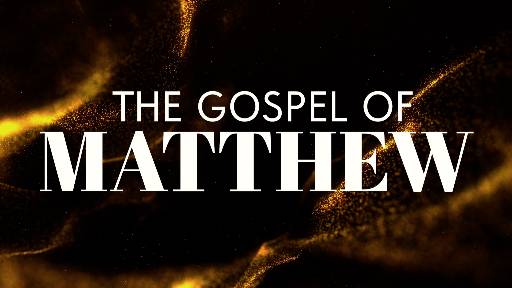-
Transfiguration Of Jesus Series
Contributed by Rev. Dr. Andrew B Natarajan on Apr 11, 2023 (message contributor)
Summary: Transfiguration of Jesus is a spiritual experience for the Disciples. We can't stay in ecstatic realms but come into reality of struggles and fight for the existence of self and others. Jesus always leads into every level of life.
Lesson 13
Mark 9:2-13 Transfiguration in Mark
INTRODUCTION
The Roman Catholics and Eastern Orthodox churches celebrate it as a festival on August 6. It was declared a universal feast of the Western church by Pope Callistus III in 1457. The feast was included in the English Prayer Book in 1561 and in the American Prayer Book of 1892. But protestants churches do not observe (An Episcopal Dictionary of the Church).
TRANSFIGURATION EVENT
Transfiguration is an occasion in the life of Jesus Christ to show his eternal glory to his Disciples. His face changed and his clothes became brightly white. Moses and Elijah appeared. Peter proposed three tents be made. While Peter spoke, a cloud descended and the voice of God identified Jesus as God's Son and admonished the disciples to listen to Jesus. When the disciples looked up, Moses and Elijah have disappeared.
THE HIGH MOUNT
The place of this event is "a high mountain" (Mark 9:2). Several geographical locations have been suggested as Mount Hermon ("high at 9,200 ft.), Mount Carmel, and the traditional site of Mount Tabor (Baker's Evangelical Dictionary of Biblical Theology).
METAMORPHOSIS
The transfiguration of Jesus Christ was a powerful demonstration of His divine nature and the manifestation of His glory, which Jesus possessed prior to coming to earth in the human body. Jesus emptied that form of Glory equivalent to God as Paul describes in Philippians 2:5-11. In 2 Peter 1:16, the transfiguration is interpreted as a glimpse of the future glory of the Son of God at his second coming.
Jesus’s appearance was totally transformed. Right before the disciples’ eyes, He appeared to change from physical to spiritual composition. The word transfigured comes from the Greek metamorphoo, from which we get the English word metamorphosis. (Baker's Evangelical Dictionary of Biblical Theology). The transfiguration of Jesus leads us to conclude that it describes his external, proleptic, and temporary transformation by God into a heavenly being while still on earth. In the transfiguration, he has not become God, only that his appearance has become temporarily God-like. (John Paul Heil - Kenrick-Glennon Seminary).
A VOICE
"This is my Son, whom I love" (Mark 9:7) means that Jesus is unique and not to be placed with Moses and Elijah (Mark 9:5) and a divine confirmation of Peter's confession (Mark 8:29). "Listen to him" is an advice to Peter to accept the future passion of Christ (Mark 8:31-33). “As I looked, thrones were placed, and the Ancient of Days took his seat; his clothing was white as snow, and the hair of his head like pure wool; his throne was fiery flames; its wheels were burning fire.” (Daniel 7:9). The great prophet Moses attained heavenly glory either at the time of his mysterious death or the prophet Elijah without dying at all.
THE LESSONS
The transfiguration is the literary genre of an "epiphany" rather than of a "theophany" or "vision." A "theophany" refers to a disposition of literary motifs which describes a coming of God recognized by the terrifying circumstances that accompany it, such as earthquakes or storm phenomena, rather than by seeing the actual figure of God. An "epiphany" narrates a sudden and unexpected manifestation of a divine or heavenly being experienced by certain selected persons as an event independent of their seeing, in which the divine being reveals a divine attribute, action, or message. In a theophany, the divine being remains invisible. But in an epiphany, the divine being assumes visible form and appears before the eyes of human beings. (John Paul Heil - Kenrick-Glennon Seminary).
It is an anticipatory Resurrection appearance, and the presence of the two prophets is to signify Christ’s fulfillment of the Mosaic Law and the prophecies of the Hebrew Bible.
The transfiguration displays Christ as the “full manifestation of God's light.” This light, which shines forth from Christ both at the transfiguration and after his
resurrection, is ultimately triumphant over “the power of the darkness of evil.” (Pope Benedict XVI-CNA).
“Transfiguration,” “is not an event of past or a future. But it is rather a reality of the present, a way of life available to those who seek and accept Christ’s nearness.” (Archbishop Raya-CNA).
(For further studies in Mark, please refer to this cite).

 Sermon Central
Sermon Central


